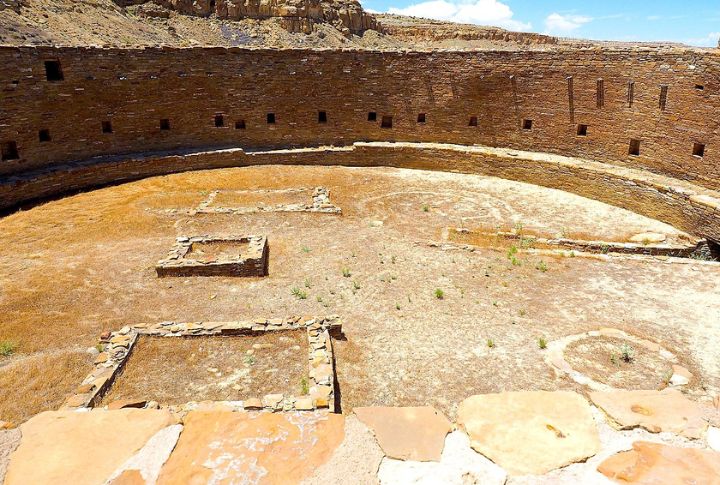
History has a habit of rewriting itself. Just when we think we have the full story, the ground gives up another secret. Across North and South America, ancient civilizations left behind clues among their buried cities. Let’s explore some discoveries that continue to reshape what we know about Native American civilizations.
Clovis Tools Show Early Native American Settlements

Stone tools can tell a bigger story than you’d realize. Clovis spear points, found across North America, date back at least 13,000 years. Their unique fluted design made hunting more efficient, which hints at widespread knowledge-sharing among early settlers who adapted quickly to new lands. The tools reframe theories about the first Americans.
Watson Brake Mounds Are The Oldest In North America

Watson Brake’s earthworks, built in Louisiana around 3500 BCE, predate Stonehenge. Unlike later civilizations, the people who built these massive structures were still at the hunter-gatherer point of civilization. No agriculture, no cities—just impressive engineering by mobile societies that came together for reasons still debated.
Cahokia Was The Largest Pre-Columbian City
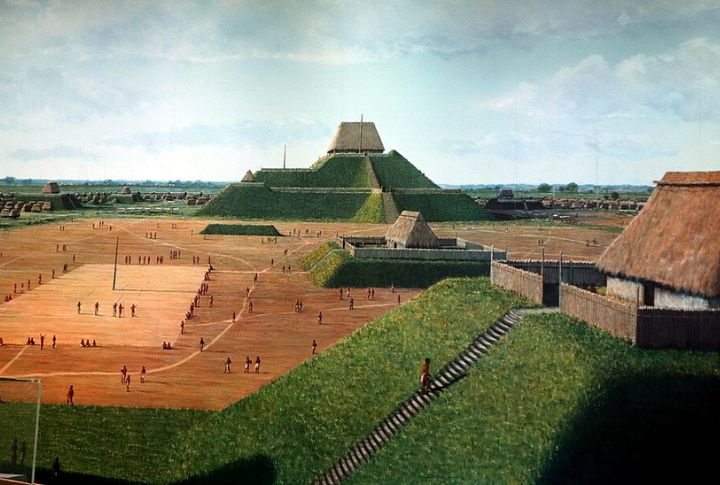
A thousand years ago, a massive city flourished near the Mississippi River. Cahokia’s population rivaled London’s at the time, with grand plazas and tall mounds that came with a spiritual culture that also had established trade and political systems. The scale of its influence suggests a complex society that connected distant regions before European arrival.
Chaco Canyon Had Advanced Astronomy And Planning

Massive stone structures still stand in New Mexico’s desert, built by the Ancestral Puebloans over a thousand years ago. Chaco Canyon wasn’t just a settlement—it was a celestial observatory. Structures aligned with solstices and lunar cycles, proving deep astronomical knowledge and remarkable planning in an environment where survival was tough.
The Great Serpent Mound Represents Indigenous Beliefs
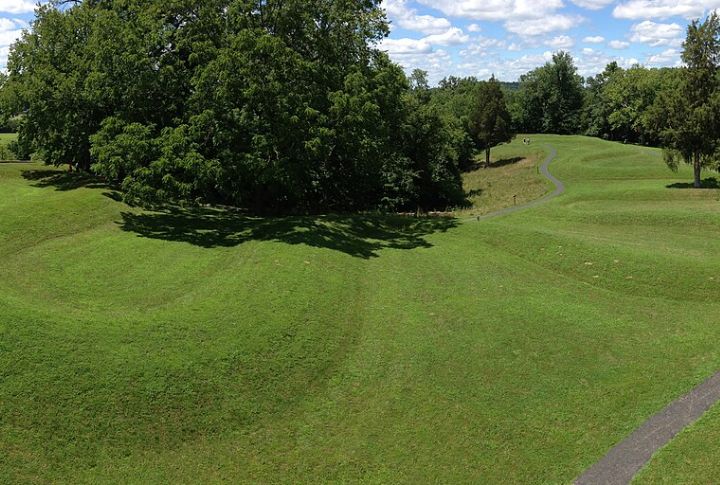
Some places hold secrets only visible from above. The Great Serpent Mound in Ohio, which stretches to 1,300 feet, winds across a ridge in a distinct shape. Its alignment with celestial events suggests it wasn’t just artwork but a site of spiritual or astronomical significance, though its full purpose remains disputed.
Poverty Point Had Monumental Architecture Without Farming
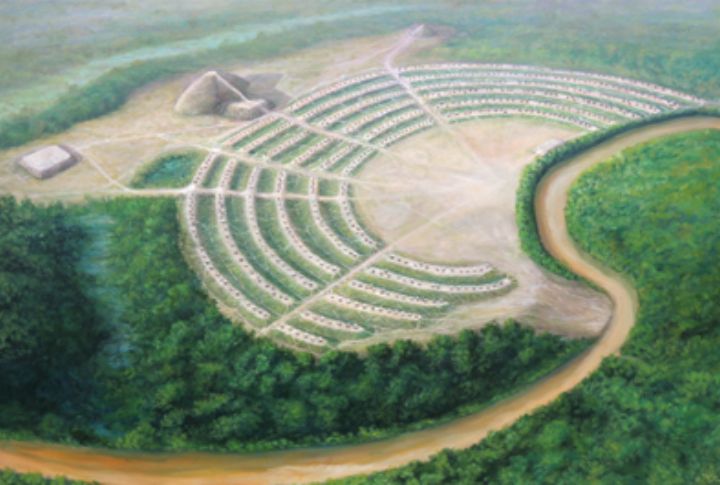
Hunter-gatherers weren’t supposed to build cities, right? But someone forgot to tell the people of Poverty Point. Enormous earthen ridges and mounds in Louisiana date back to 1700 BCE, created by a society with no farms. The effort required suggests an organized, cooperative community capable of large-scale projects long before agriculture spread.
Tikal Temples Show Maya Engineering And Warfare

Deep in Guatemala’s jungles, towering pyramids stand as reminders of the Maya’s power. Tikal is considered more than a great architectural feat—it was a battlefield. Rulers waged war from its temples and forged alliances or even rivalries across Mesoamerica. The city’s rise and fall tell a dramatic story of ambition and strategy.
The Iroquois Confederacy Was An Early Democracy
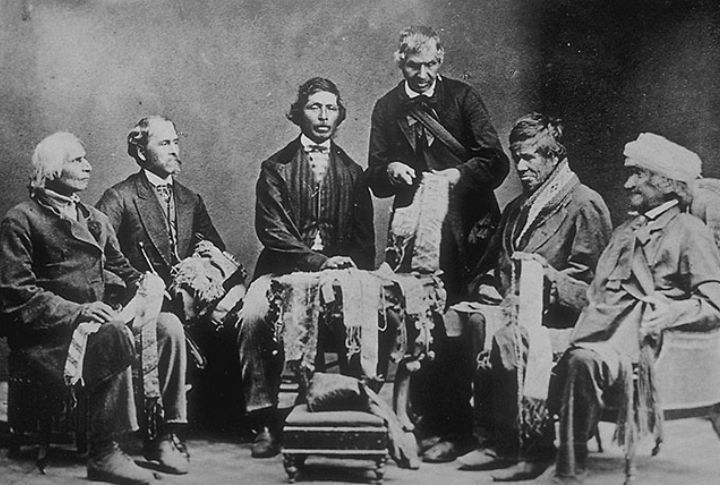
Government by consensus shaped Indigenous politics long before European influence. The Iroquois Confederacy united five nations into a cooperative alliance where leaders were chosen by clan mothers. This arrangement fascinated early European thinkers, influencing democratic principles that later appeared in the U.S. Constitution, though its true origins are uncredited.
Kennewick Man Raises Questions About Early Americans
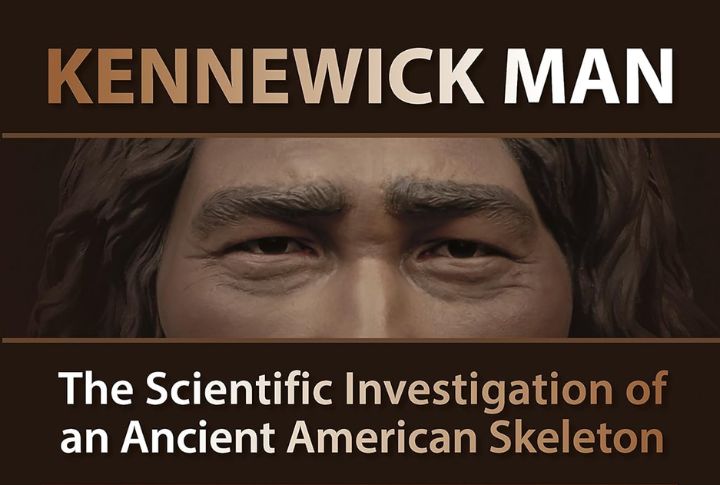
A skull found along the Columbia River in 1996 rewrote migration theories. Kennewick Man’s 9,000-year-old remains initially puzzled researchers due to his unexpected features. DNA later confirmed his Native ancestry, aligned with oral histories that predated modern archaeology, proving Indigenous knowledge of their own history had been right all along.
Amazon Geoglyphs Reveal A Lost Indigenous Civilization
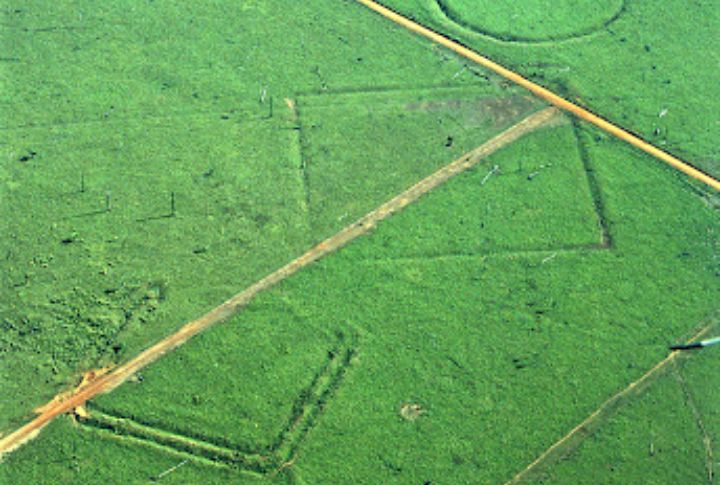
Strange patterns carved into the earth emerged beneath the Amazon’s canopy. They are geometric earthworks, built centuries before European arrival, that suggest an advanced civilization once prospered where many assumed untouched wilderness. Instead of an unbroken jungle, the region was home to societies intertwined with their environment.

